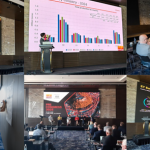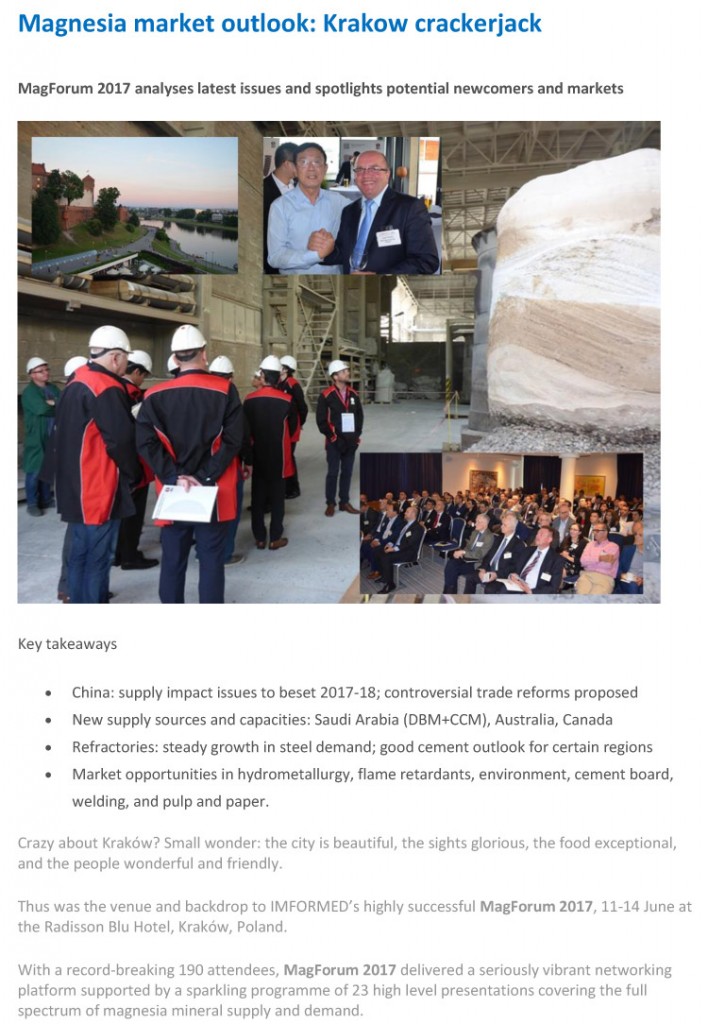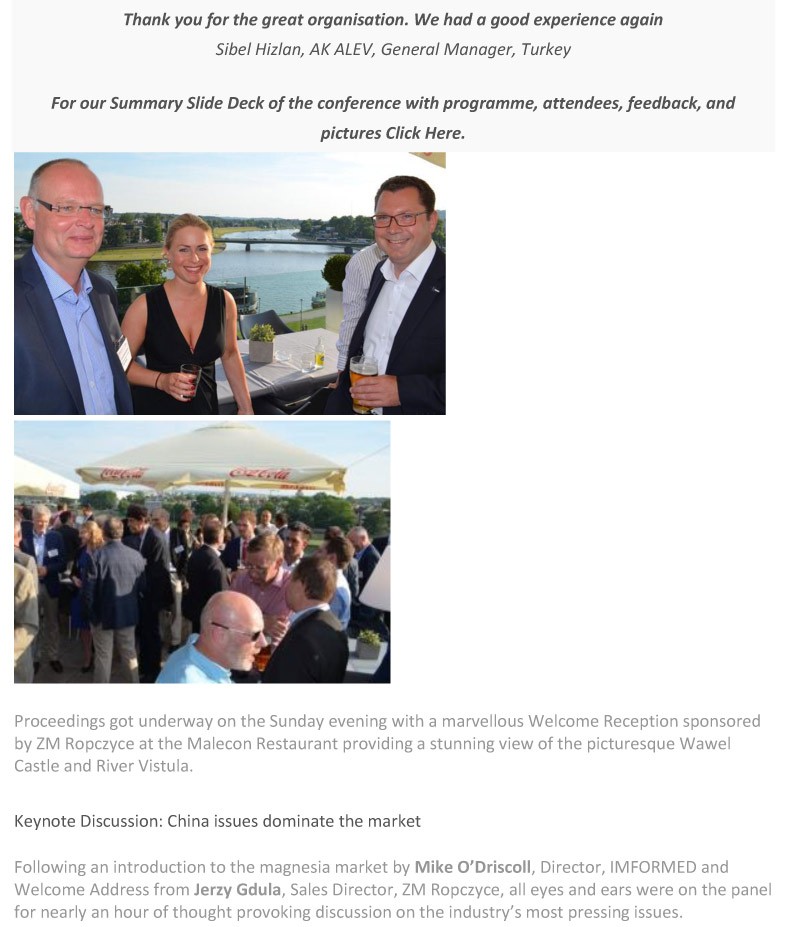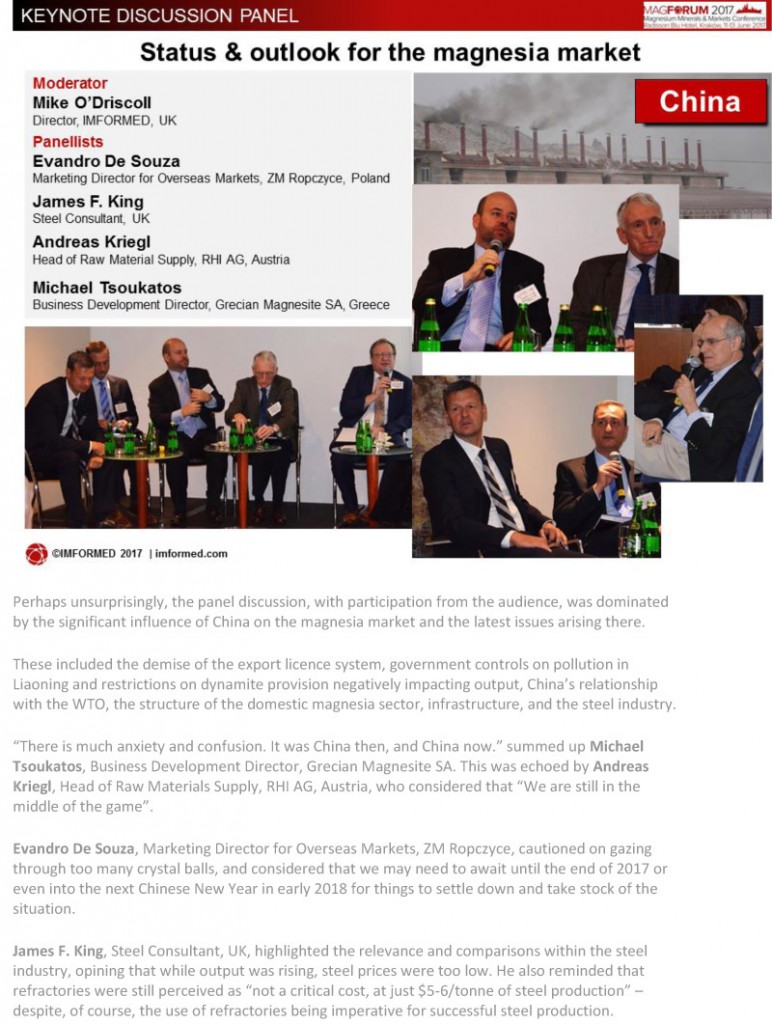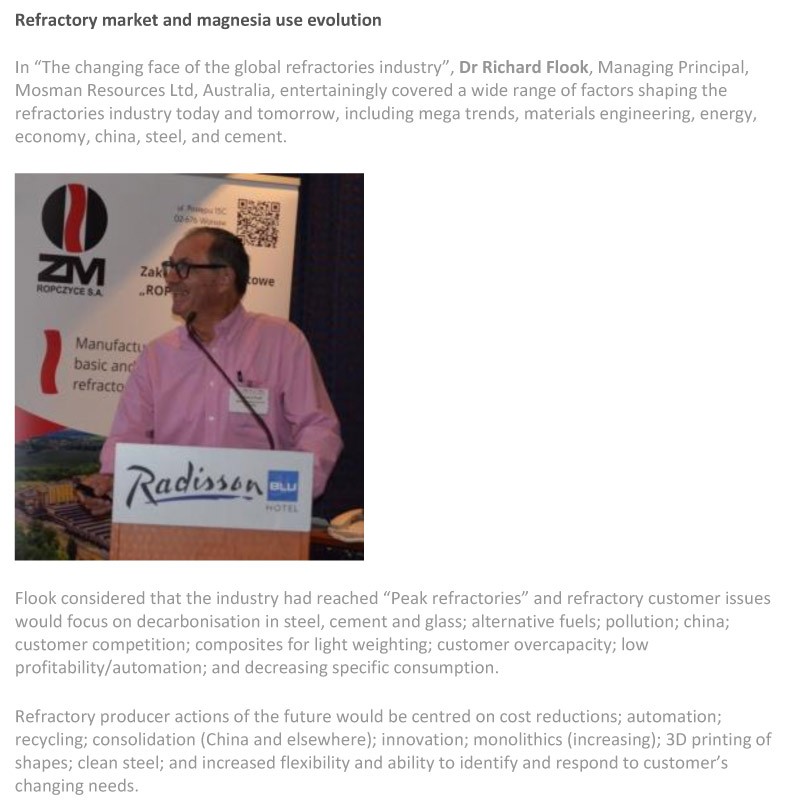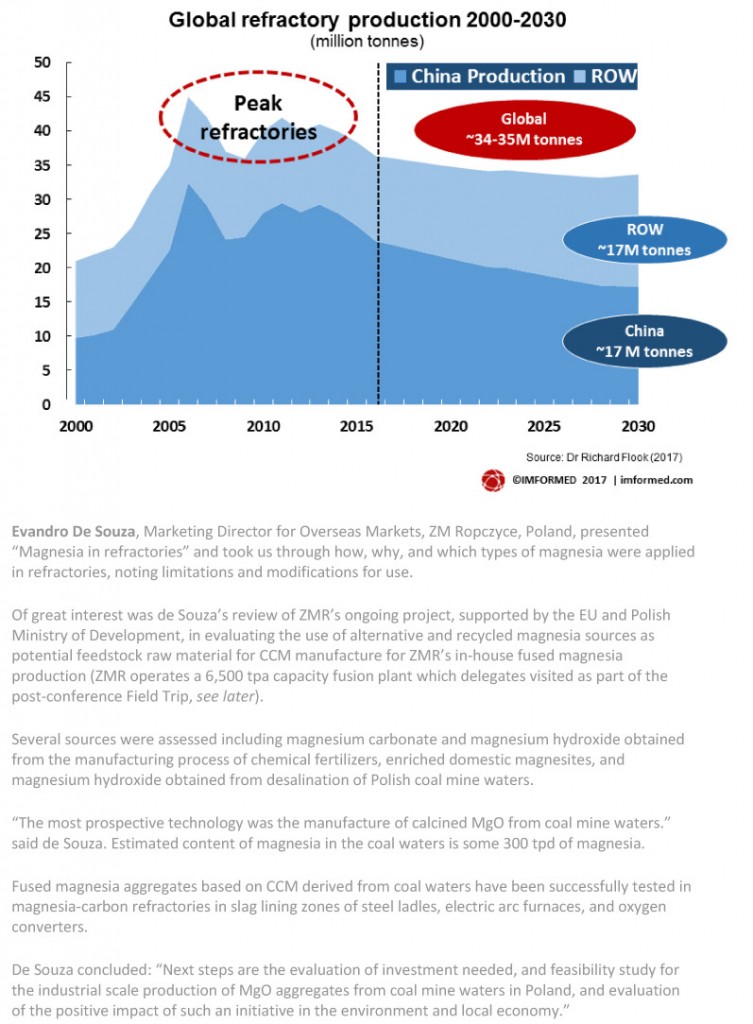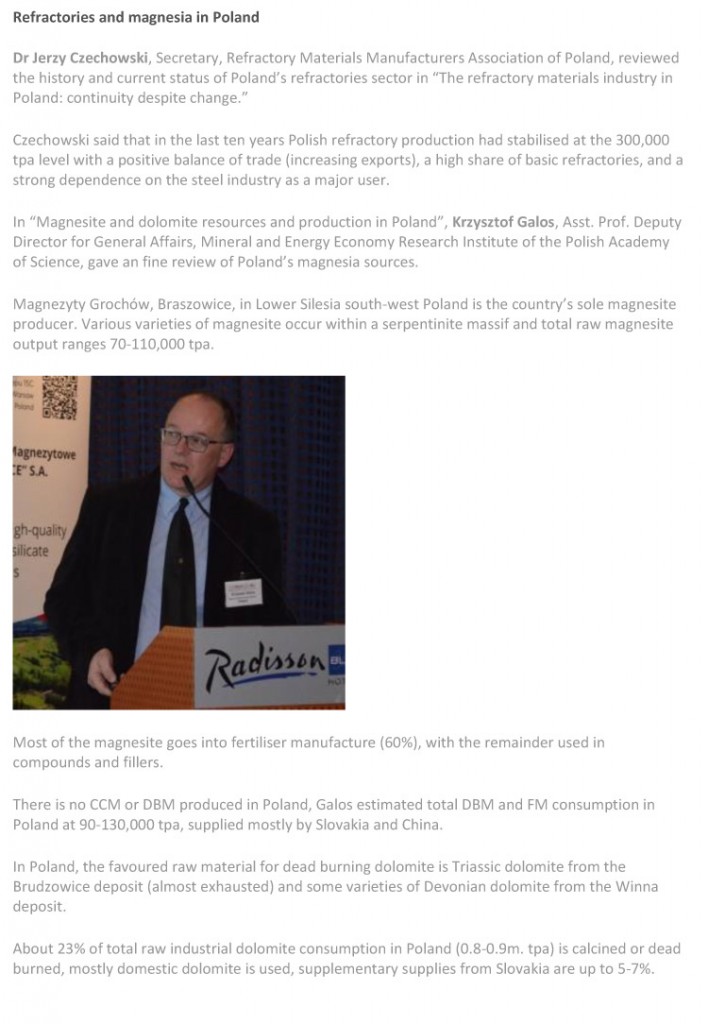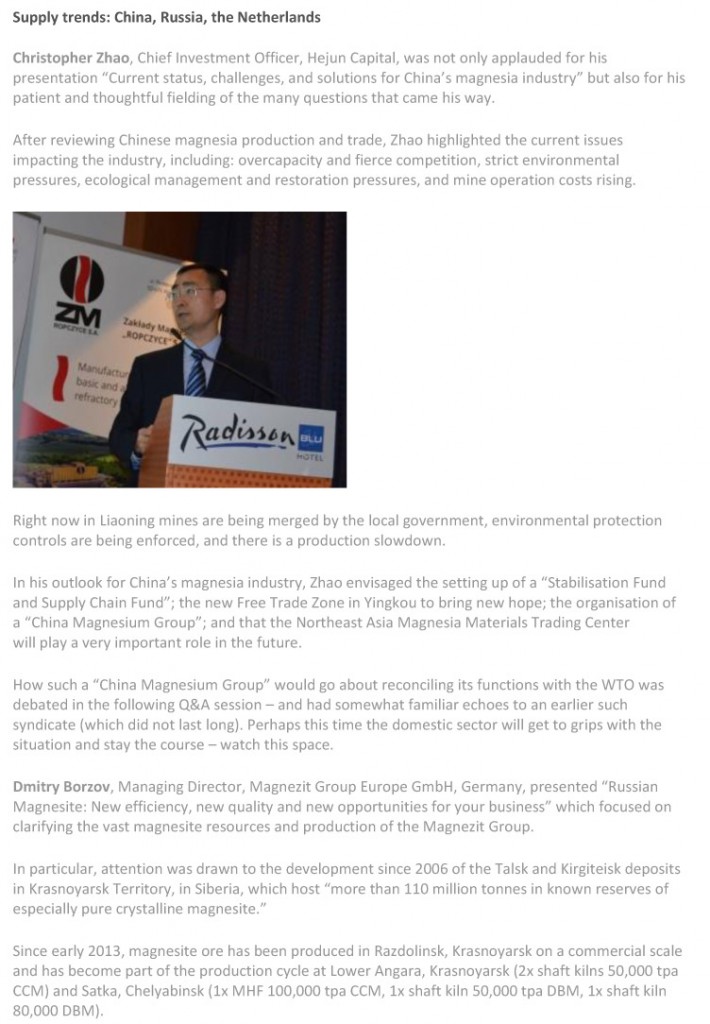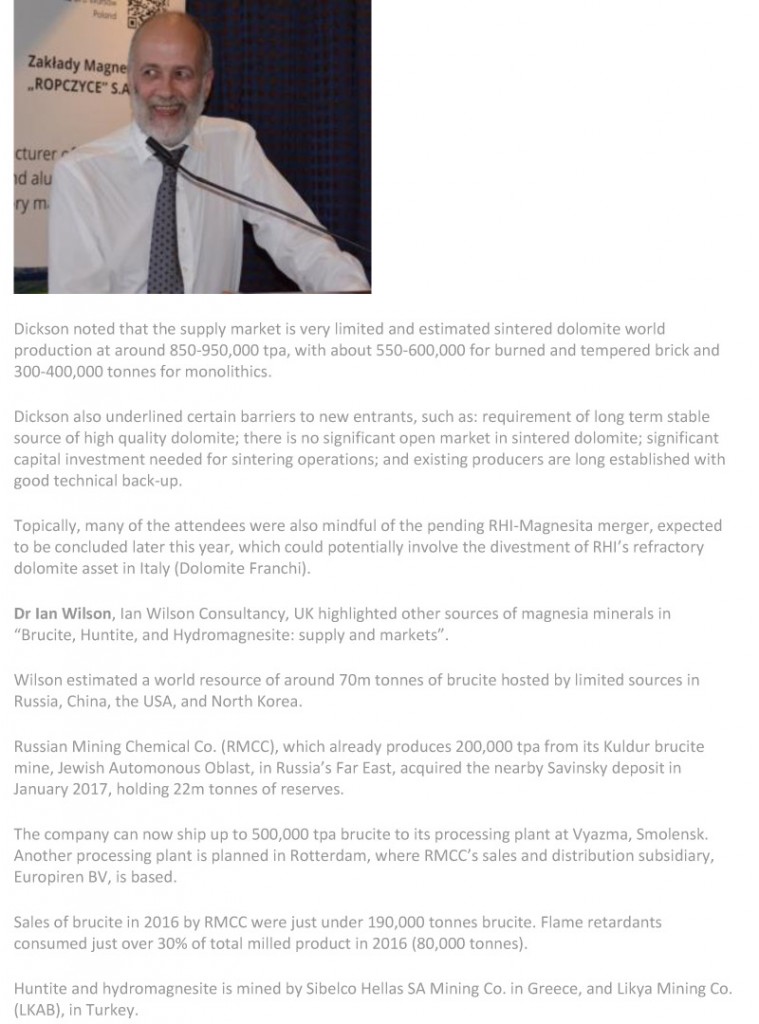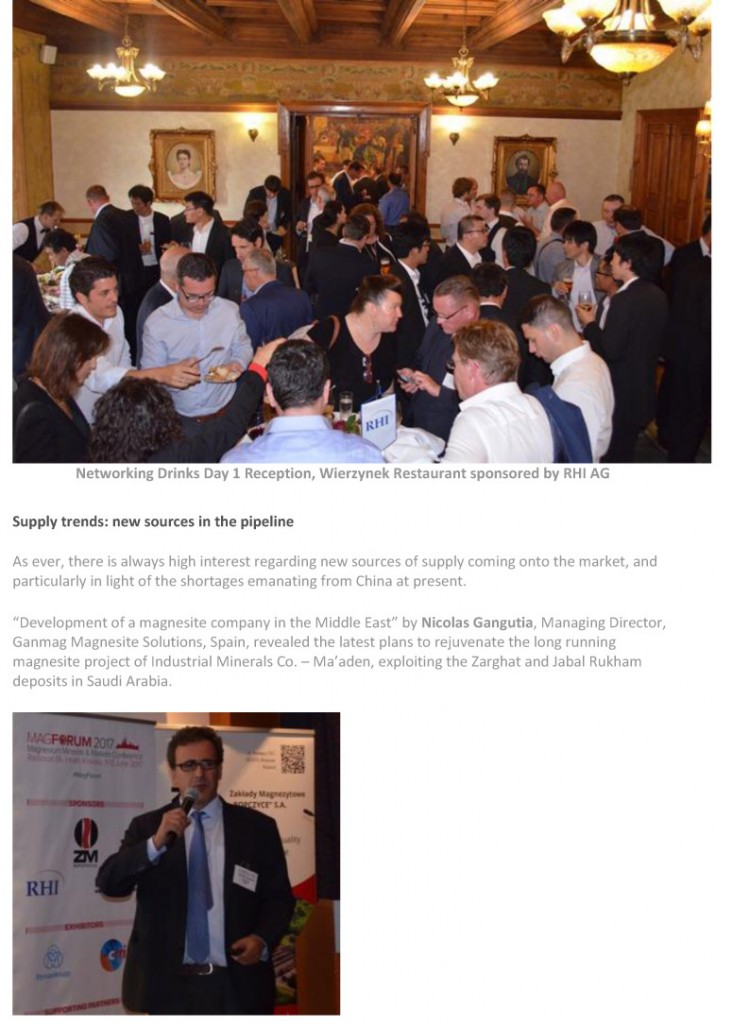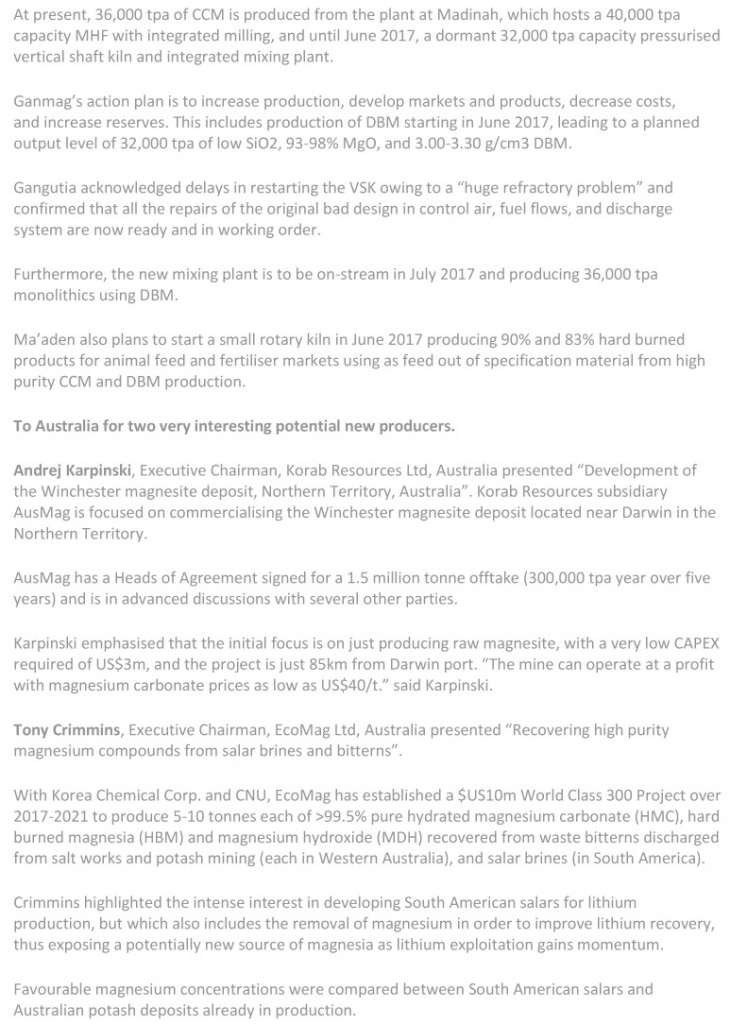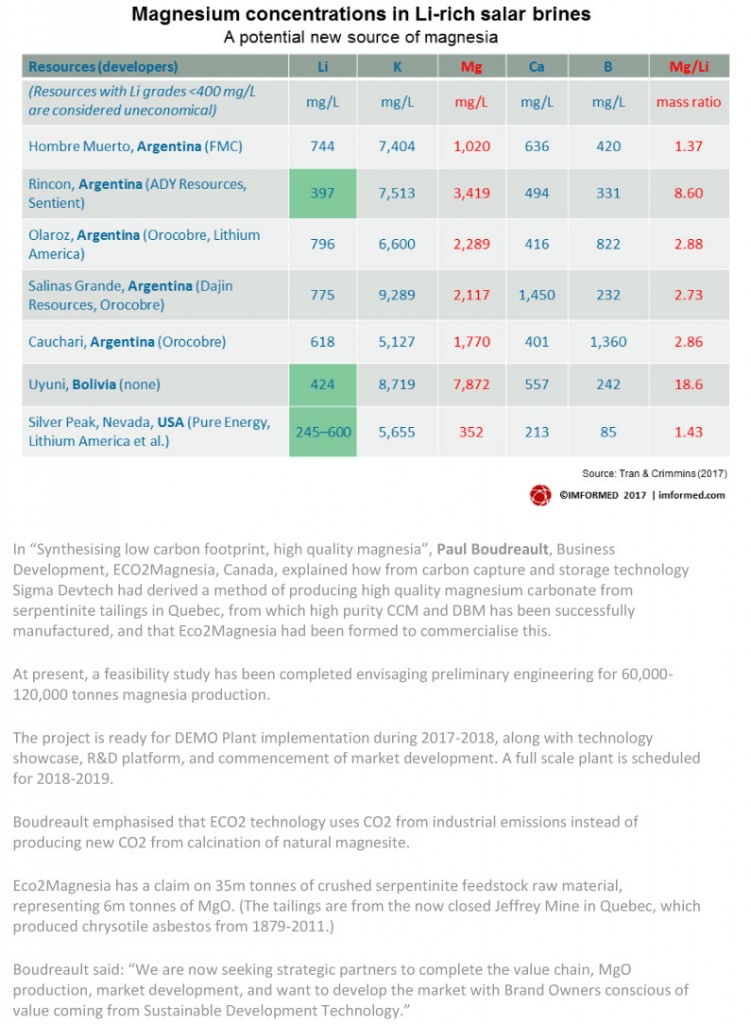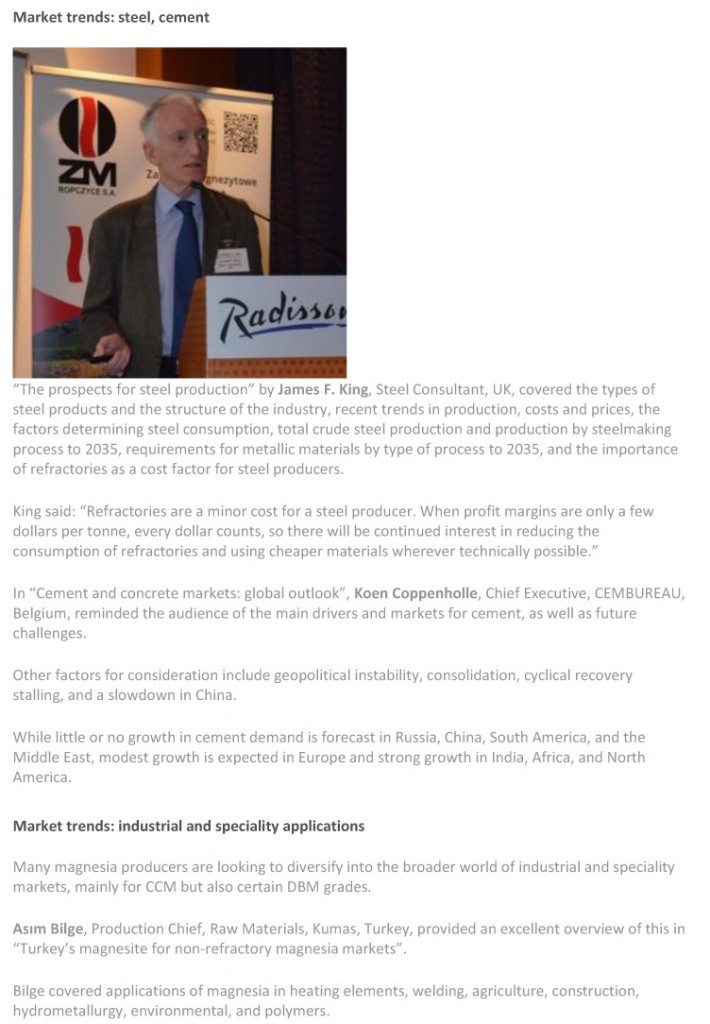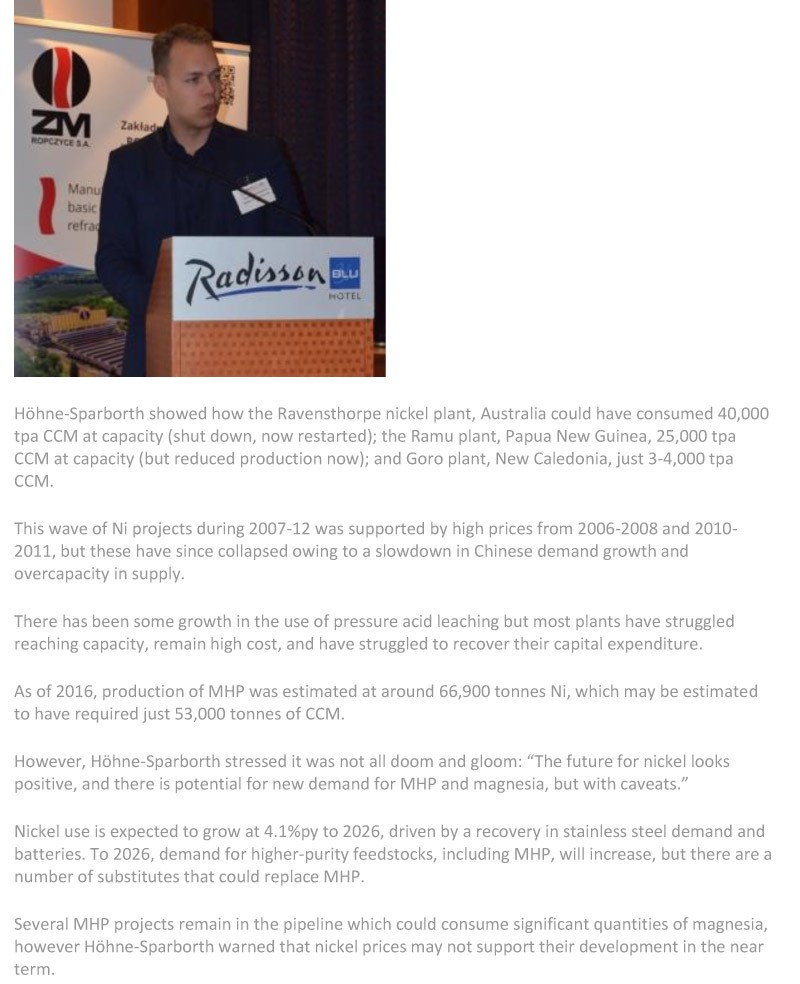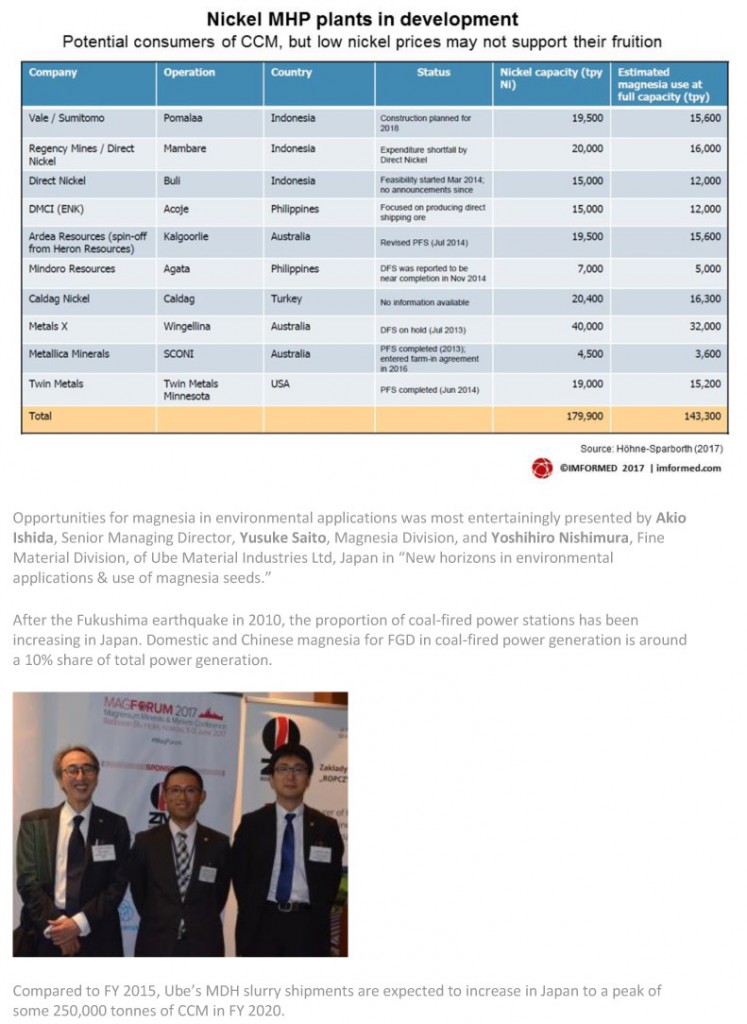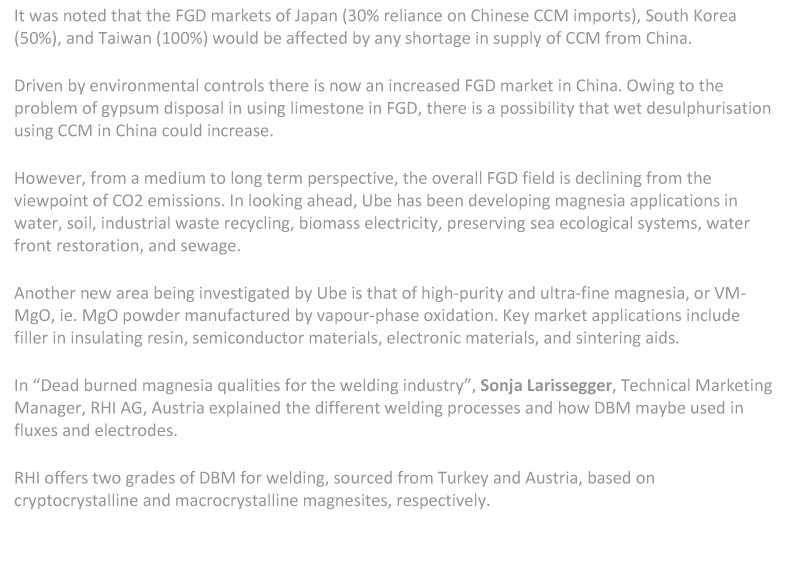Further crackdown on environmental rule-breaking plants in Shanxi have slashed calcined bauxite output, pushing prices up over the past fortnight.
Chinese calcined bauxite spot prices increased over the past fortnight as the already tight supply dwindled further amid more governmental shutdown of production facilities.
The Shanxi government announced 11 August that all plants that breached environmental standards in the refractory minerals producing province will be closed by the end of September. This rule followed Tianjin’s plan to relocate mineral processing plants in the port city that was announced at the end of June.
The two measures have brought further disruption to calcined bauxite production facilities. Combined with limited
availability of high-grade ore, output has been slashed.
Although one Shanxi-based producer observed that there are still some plants operating secretly against the authority’s rule, overall production volume has declined sharply.
Buyers in the market have encountered great difficulty in sourcing material over the past fortnight and many suppliers were reluctant to provide quotes amid the uncertainty.
«There is no stock in the country, so it’s not possible to export,» one Tianjin-based trader told IM.
«I’m not making any offer – it is pointless,» he added.
A Europe-based trader agreed: «[It’s] the same situation, [but] it’s getting worse. The price is going up, there is no material.»
All spot prices of refractory-grade bauxite on a FOB Xingang basis increased, according to IM’s price assessment on 24 August.
Spot prices for 85% refractory-grade bauxite (85% Al2O3/2.0/3.15-3.2/0-6mm) increased to $370-390/tonne FOB
Xingang, up by an average of $15/tonne from two weeks ago.
86% bauxite also rose to $390-400/tonne, up $10/tonne compared to a fortnight ago.
87% bauxite jumped to $400-450/tonne, compared to $390-400/tonne previously, while 88% was assessed at
$450-480/tonne, up from $400-430/tonne previously.
Environmental restrictions to get worse
At least two Chinese producers and one distributor believed that environmental inspections in Shanxi, Tianjin and Henan – provinces around Beijing – are likely to intensify in September and October ahead of a major sporting event (the National games) being held in Henan and the 19th national congress of the Communist Party in the capital.
One Europe-based distributor claimed that the authorities could close down most of the industries around Beijing, he told IM.
The government’s crackdown on tax evasion further disrupted the market, said the Shanxi-based producer.
«[There is] more uncertainty. It’s very difficult to know if deliveries are going to happen,» said one Europe-based distributor.



